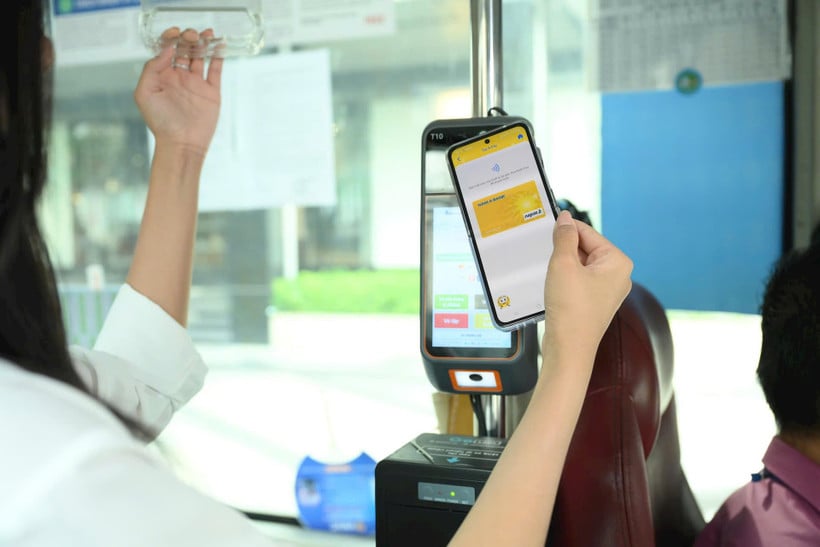
According to the National Financial Inclusion Strategy to 2025, with a vision to 2030, the Government aims for a growth rate of non-cash payment transactions of 20 to 25% per year. This target reflects the determination to quickly move Vietnam into the digital economy , in which digital payments play a key infrastructure role, connecting people-businesses-Government on the same modern technology platform.
Digital payment - the foundation of the digital economy
In recent years, the payment infrastructure in Vietnam has developed at an extraordinary speed. From bank cards, e-wallets, QR codes to digital banks, Mobile Banking, etc., they have become the "breath" of modern life. Deputy Head of Digital Channel Development and Partners, Joint Stock Commercial Bank for Foreign Trade of Vietnam ( Vietcombank ) Tran Van Thanh said: Digital technology has become an essential foundation and inevitable driving force for economic growth, in which digital payments are at the forefront, forming a modern financial ecosystem. The total value of e-commerce transactions in 2024 will reach VND 295.2 trillion, 26 times higher than GDP; the number of transactions will reach 17.7 billion, an increase of 56% compared to 2023. Payment via QR codes alone in the first quarter of 2025 will increase by more than 81%, a figure that shows a strong change in consumer behavior.
One of the bright spots in Vietnam's payment infrastructure is the development of NAPAS, an intermediary unit connecting 68 banks, financial companies, and payment infrastructure providers for people to use. According to NAPAS Deputy General Director Nguyen Hoang Long, in September and October 2025, the NAPAS system will process an average of 35 to 36 million transactions per day, equivalent to about 70 million people using money transfer and payment services provided by NAPAS and its member units every day. Through the connection, it is possible to "touch" 1/3 of Vietnam's population every day.
Previously, in 2024, the NAPAS system processed nearly 10 billion transactions; it is expected that in 2025 it will be 11 to 12 billion transactions. Not stopping at domestic level, NAPAS is expanding international cooperation. In 2025, the unit plans to complete the connection of cross-border payment by QR code for Chinese tourists entering Vietnam and the opposite direction will be deployed in 2026. The system is also promoting connections with Japan, Korea, and Singapore, creating the premise for Vietnam's payment infrastructure to reach out to the region and the world .
Lessons from developed countries show that: Chinese people have been using their phones to take the train since 2017; Japan has been paying for train tickets, buses, and general goods on the same application. In Vietnam, with a high rate of mobile users and a developed payment infrastructure, it is entirely possible to shorten the gap with developed countries. Deputy Governor of the State Bank of Vietnam (SBV) Pham Tien Dung shared: "Digital payments must reach every citizen in every public service. If you still need to carry many types of cards when taking the train, it means we have not fulfilled our responsibility." From there, the Deputy Governor asked banks to coordinate to integrate existing payment methods into the public transport system, towards a truly cashless city.
Chairman of the Board of Members of Hanoi Railway Company Limited Khuat Viet Hung said that the Cat Linh-Ha Dong line is testing a new electronic payment system, allowing passengers to pass through the gate using their citizen ID card, Visa card or QR code. The Hanoi Metro application also supports electronic tickets identified by facial recognition, ensuring safety, convenience and modernity.
The legal corridor must be one step ahead.
The latest figures from the State Bank of Vietnam show that in the first 7 months of 2025, QR code transactions increased by 66.7% in quantity and 159.6% in value compared to the same period; 87% of adults have bank accounts; many credit institutions recorded more than 90% of transactions conducted via digital channels. However, along with the growth comes challenges regarding network safety and security. "Therefore, if digital transformation wants to go far, the legal corridor must go one step ahead," affirmed Pham Anh Tuan, Director of the Payment Department (State Bank of Vietnam).
In recent years, the State Bank has completed the legal framework at many levels. Important laws such as the Law on Electronic Transactions 2023, the Law on Credit Institutions 2024, and the Law on Personal Data Protection 2025 create the foundation for digital banking, electronic identification, and secure data sharing.
Along with that, Decree No. 52/2024/ND-CP on non-cash payments, Decree No. 94/2025/ND-CP on Fintech testing mechanism and Decision No. 316/QD-TTg on Mobile Money have contributed to forming a comprehensive, transparent and flexible legal framework. Multi-layered security solutions are also widely applied, notably the implementation of mandatory biometric authentication regulations for large transactions and the application of Tokenization technology (card number encryption) to ensure absolute safety for mobile transactions. In addition, the State Bank has piloted the SIMO system (fraud risk monitoring and prevention), supporting timely warnings, helping to stop/cancel suspected fraudulent money transfer transactions with a total amount of more than VND 1,500 billion as of early September 2025.
However, the story of digital transformation in payment is not simply about technology. Expert Nguyen Xuan Thanh (Fulbright University Vietnam) emphasized: “Technology is the driving force, but people and culture are the foundation. A smart, humane finance does not only rely on machines, it is also the trust of society and the companionship of each citizen”.
Source: https://nhandan.vn/dinh-hinh-tuong-lai-thanh-toan-so-post915181.html






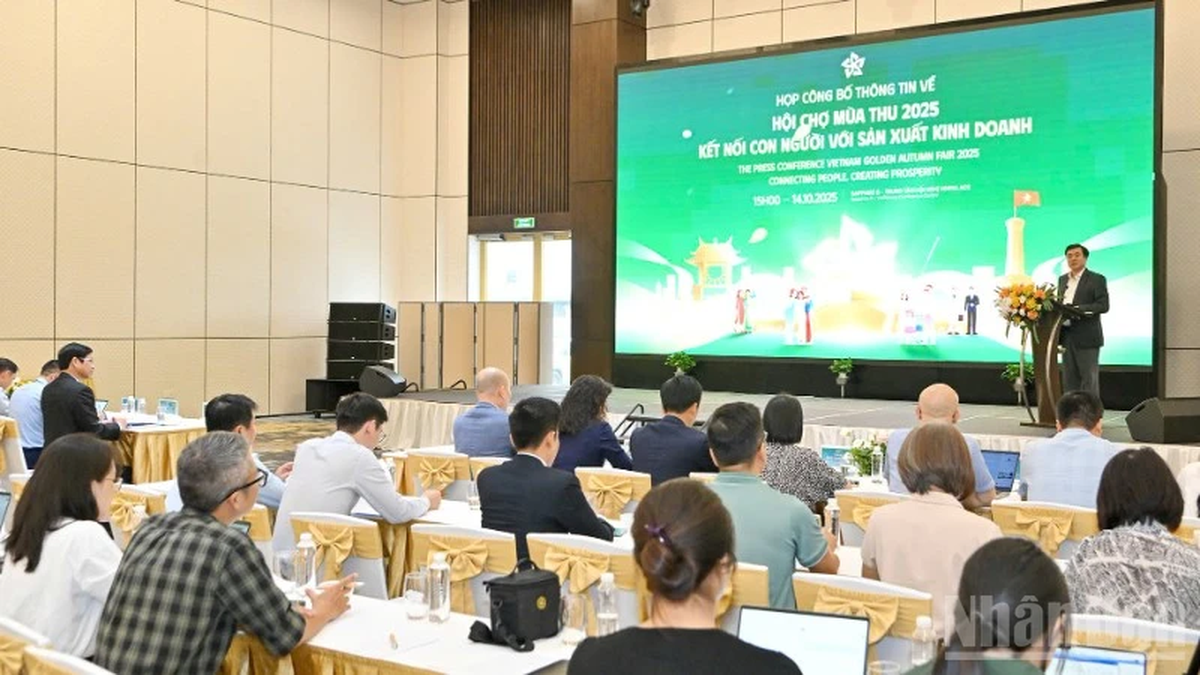
![[Photo] Ready for the 2025 Fall Fair](https://vphoto.vietnam.vn/thumb/1200x675/vietnam/resource/IMAGE/2025/10/14/1760456672454_ndo_br_chi-9796-jpg.webp)
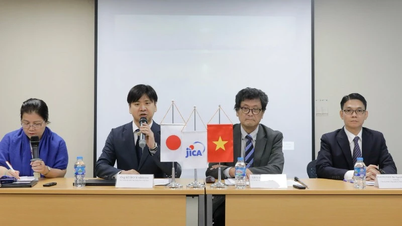
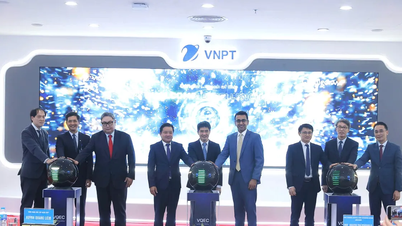

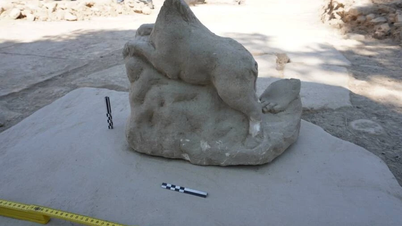

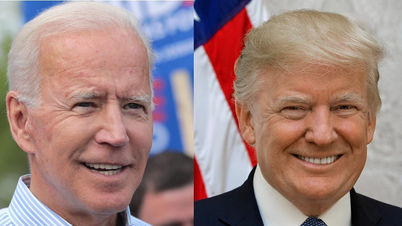

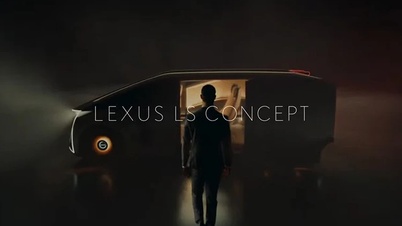




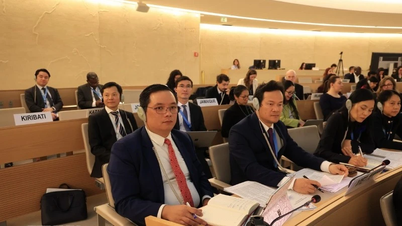
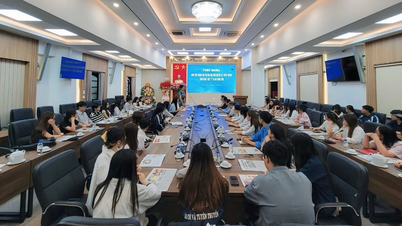
![[Photo] Ready for the 2025 Fall Fair](https://vphoto.vietnam.vn/thumb/402x226/vietnam/resource/IMAGE/2025/10/14/1760456672454_ndo_br_chi-9796-jpg.webp)


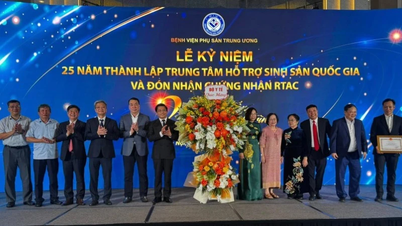







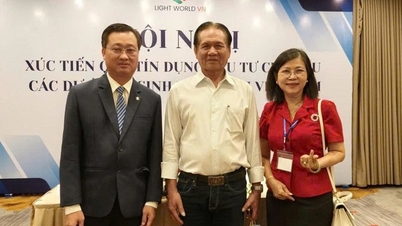
















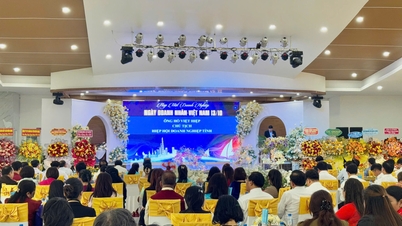
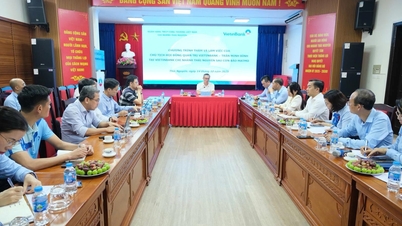
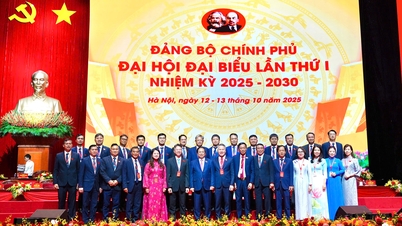
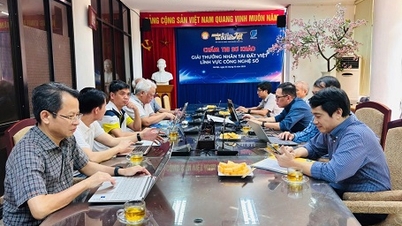







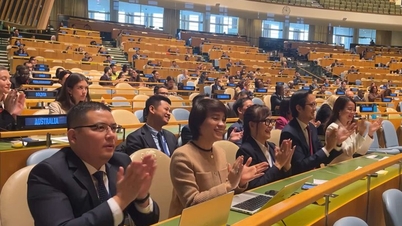





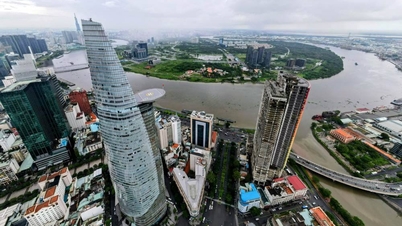

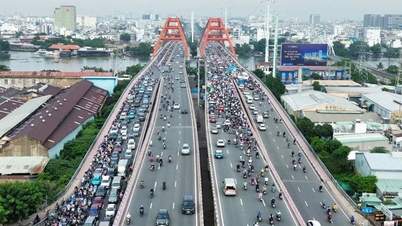
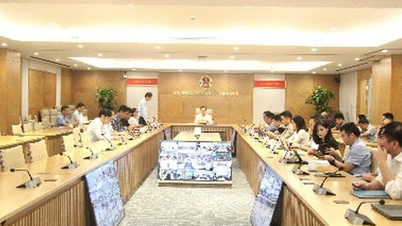



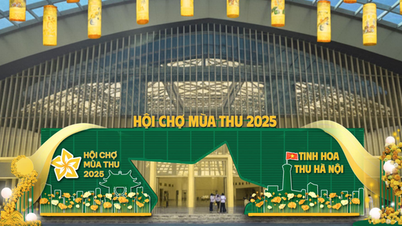
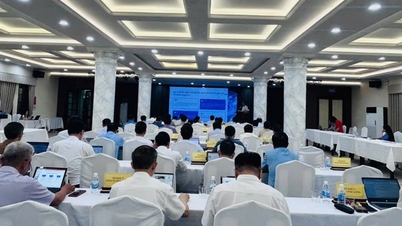


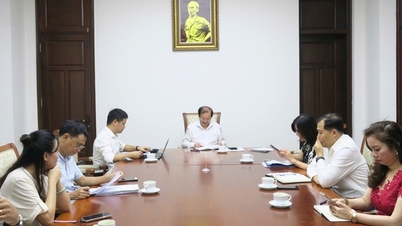
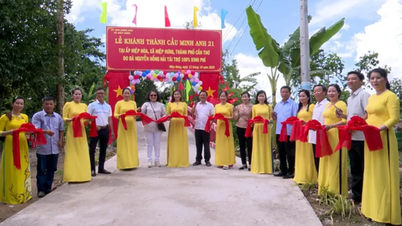

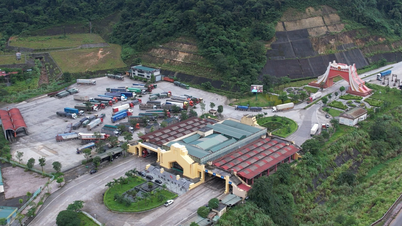




















Comment (0)